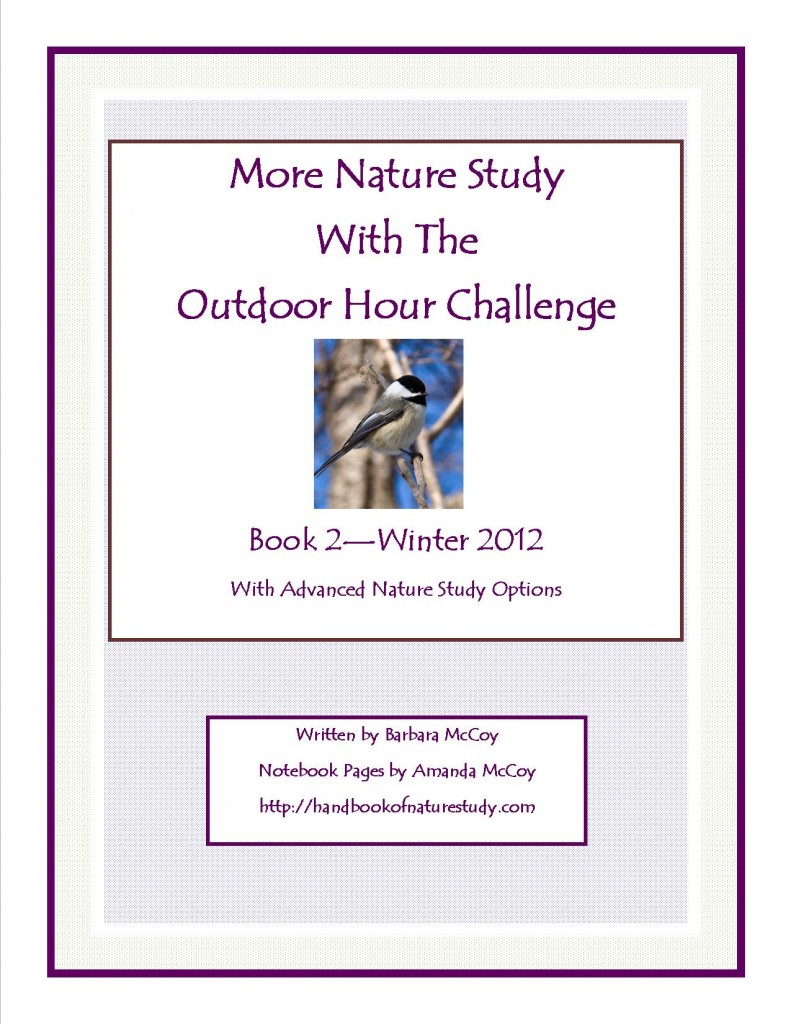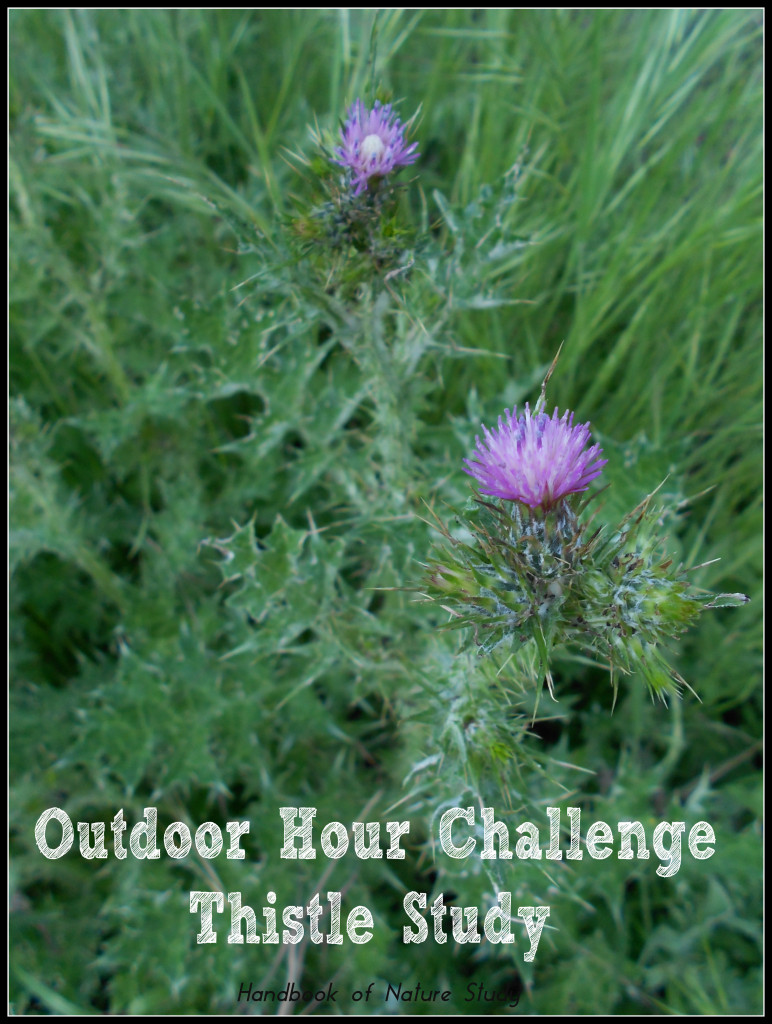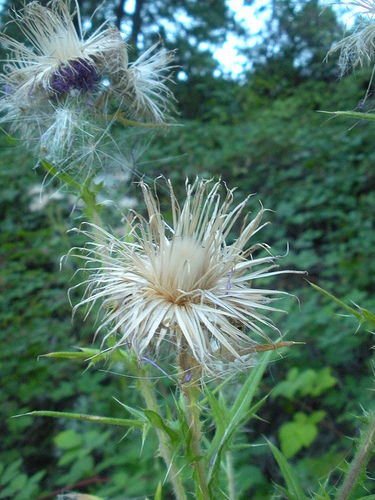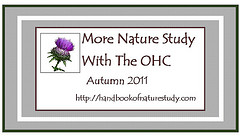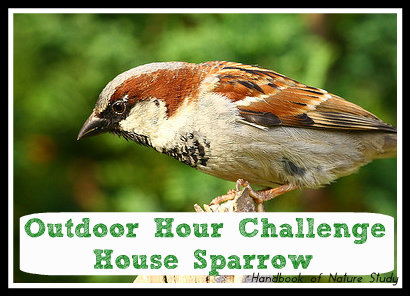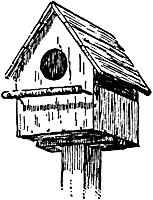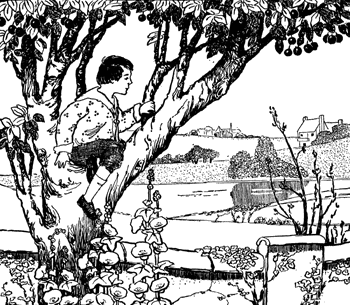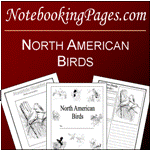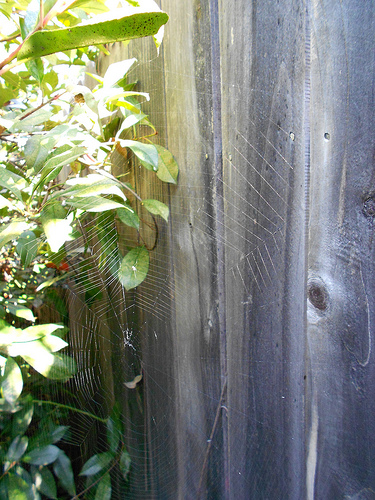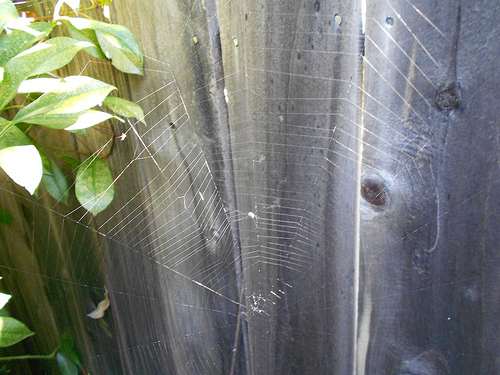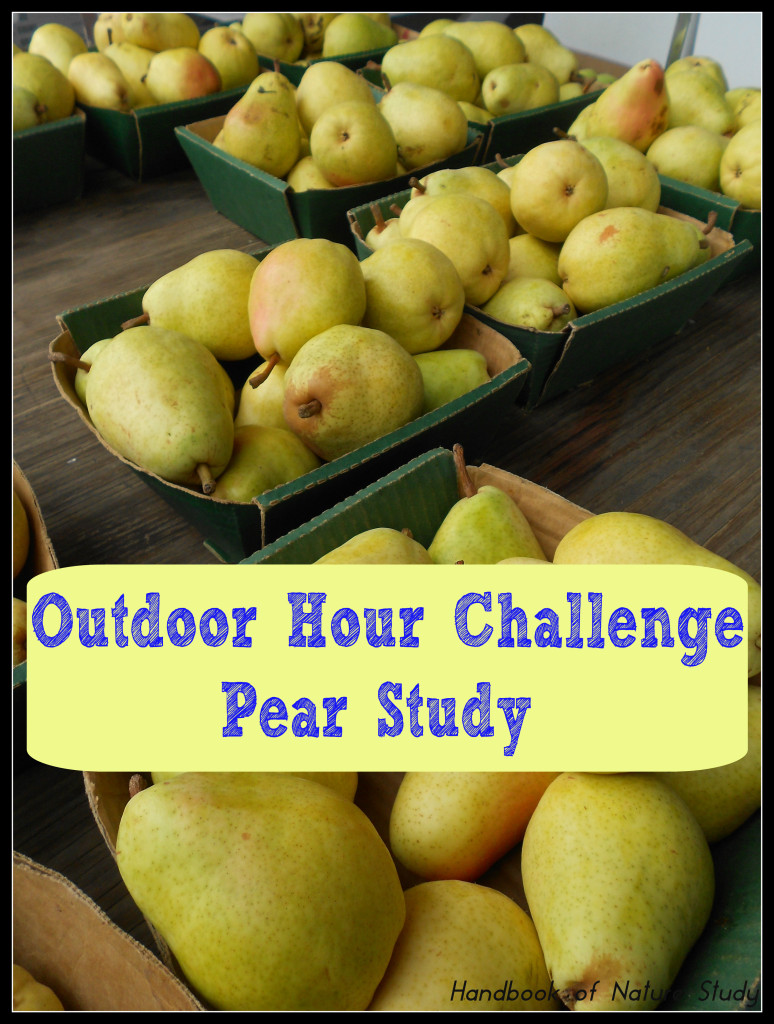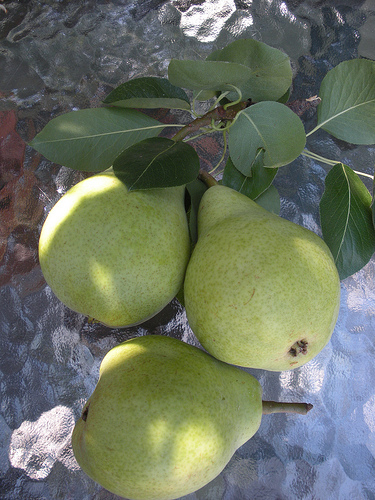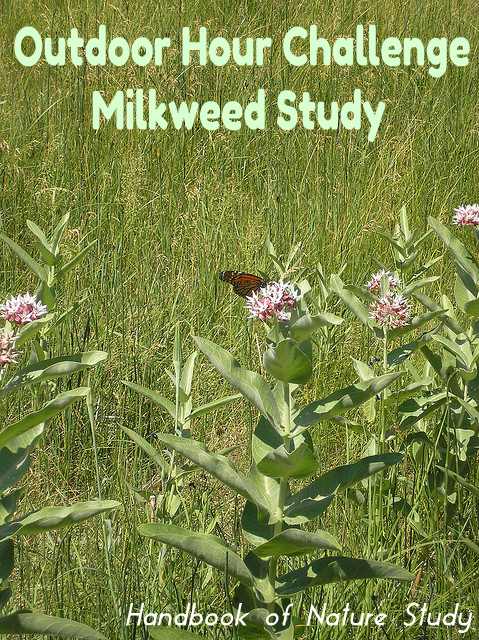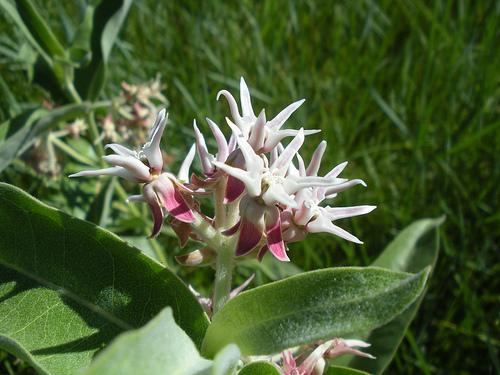More Nature Study Book 2
Sheep and Wool Study
Inside Preparation Work:
1. Read pages 270-274 in the Handbook of Nature Study (Lesson 66). Since most of us do not have access to a real sheep to study up close, use this information as preparation for any future encounters with sheep. For this challenge you can spend time learning about how man uses the sheep’s wool to make fabric. Make sure to have at least one item made of wool for the children to observe (or a ball of wool yarn will work as well).
2. View these videos on YouTube.com: Sheep Dogs in Training and How It Is Made-Wool.
Outdoor Hour Time:
If you have the ability to observe a real sheep and make direct observations, this is the best way to learn about sheep. If you don’t have access to sheep, there are several alternative ideas.
1. Take a walk outdoors wearing a wool hat, sweater, mittens, coat, or scarf. Enjoy the warmth and be grateful for sheep.
2. Observe another mammal and compare it to the sheep: size, fur/hair/wool, feet, teeth, eyes, tail.
Follow-Up Activity:
1. Spend a few minutes after your outdoor time to review your experience. If you found anything of interest, make sure to talk about it and look up any additional information in the Handbook of Nature Study or at your next library visit.
2. View wool and hair with a hand lens. You can sketch what you see in your nature journal or on the back of the sheep notebook page. Ebook users: Complete the sheep notebook page with information from the Handbook of Nature Study.
3. Advanced study: The Handbook of Nature Study suggests writing about the method by which wool is made into cloth. Research at the library or on the internet and then give a summary.
4. Advanced study: Research the Artiodactyla order and Bovidae family of mammals (links below). Use resources from your public library or the internet.
Additional Links:
- Sheep coloring pages to print
- Wikipedia articles: Sheep, Artiodactyla and Bovidae. (Please note: All Wikipedia articles have references to evolution.)
- Additional sheep information (child friendly): All About Sheep For Kids
You can see our family study here: Wool Study.



